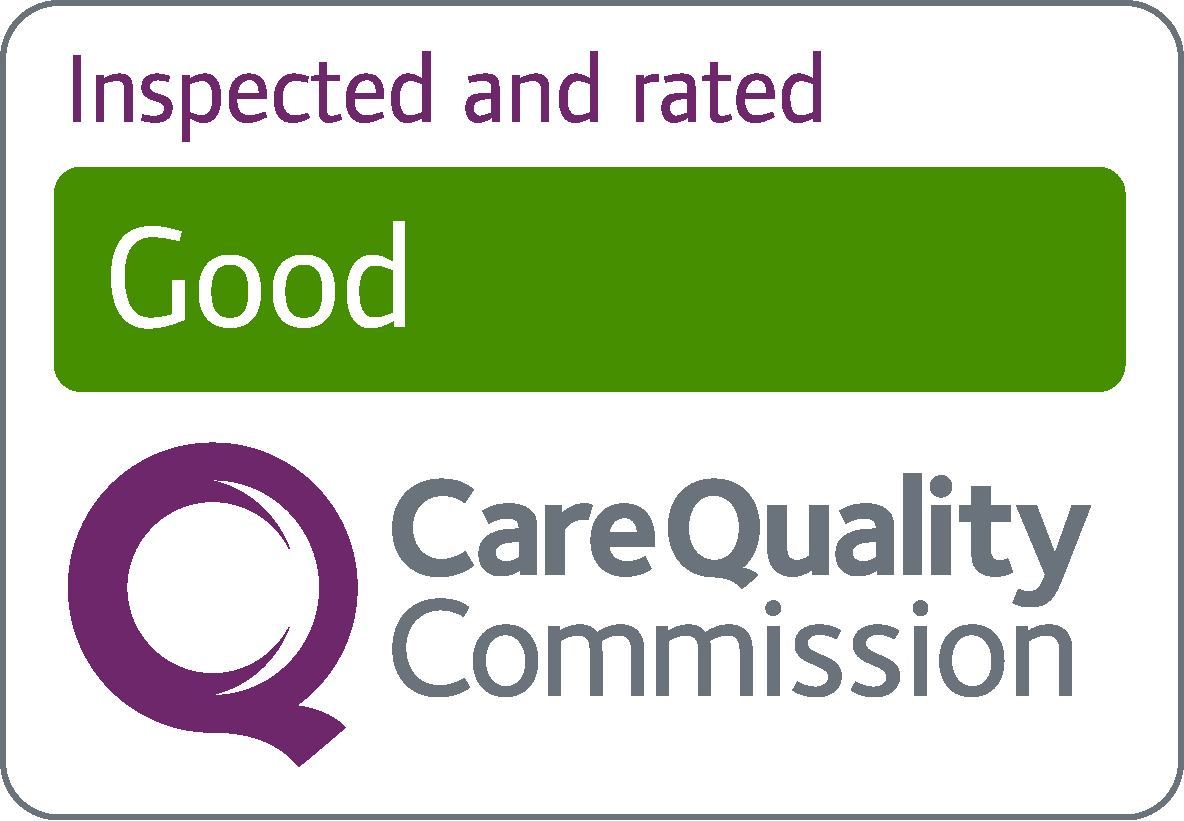September 30, 2025
Venesection Therapy: What It Is, Who Is It For, and Its Mechanism of Action
Venesection, also referred to as therapeutic phlebotomy or medical blood-letting, involves the extraction of blood from the body to remedy specific health conditions. Venesection may sound like an antiquated procedure, but it is a contemporary treatment that is carefully administered, and is essential in the management of conditions like haemochromatosis and polycythaemia Vera.
At Chequers Health, we offer therapeutic venesection to patients in Greater Manchester suffering from elevated iron concentrations, blood viscosity, and overall health issues, optimising iron levels, and decreasing blood viscosity for better health.
What Is Venesection?
Venesection is the methodical extraction of blood, usually from an arm vein and is done like a blood donation.
Its principle objectives are:
- Alleviate iron overload (high ferritin levels)
- Diminish elevated erythrocytes in hyperviscose blood conditions
- Alleviate specific symptoms of certain conditions like fatigue, joint pain, or headaches.
Venesection is distinct from blood donation in that it is performed on the order of a physician for specific medical conditions, and its extraction cannot be used for blood transfusions.
Medical Conditions That Require Venesection
Common conditions treated with venesection include:
- Hereditary haemochromatosis – A disorder characterised by excessive iron accumulation in the body.
- Polycythaemia vera – A disorder associated with overproduction of red blood cells which increases the chance for thrombosis.
- Porphyria cutanea tarda – A rare liver disorder associated with iron overload.
- High ferritin without haemochromatosis – Increased levels of ferritin associated with chronic inflammatory conditions or liver pathology.
How the Venesection Procedure Works
Assessment – Reviewing blood tests for haemoglobin, haematocrit, and ferritin levels.
Preparation – Sitting or lying in a chair and draping the arm is cleaned.
Blood removal – Venesection of 350 to 500ml of blood over a 10 to 15 minute interval.
Aftercare – Rest for a brief period, drink some fluids, and limit physical activity for the day.
Although most people tolerate venesection, some may experience a mild degree of lightheadedness.
Benefits and Risks Associated with Venesection Therapy
Benefits:
- Mitigates iron overload and prevents Organ damage in patients with haemochromatosis.
- Decreases blood viscosity and the risk of blood clots in patients with polycythaemia vera.
- Enhances the well-being of patients who suffer with fatigue and recurrent headaches.
Risks:
- Dizziness or fatigue
- Local swelling or tenderness
- Infrequent fainting or hypotension
Where to Obtain Venesection in Greater Manchester
Venesection can be performed at:
- NHS hospitals and hematology outpatient departments
- Private clinics such as Chequers Health Group in Bolton with more favorable hours and shorter wait times.
NHS Versus Private Venesection Services Comparison
| NHS Venesection
|
Private Venesection
|
|---|---|
| No charge
|
Charged
|
| May be long wait-list
|
Available same-day or next-day
|
| Little flexibility in scheduling
|
Appointment flexibility
|
| Typically in hospital settings
|
Clinic visits in comfortable settings
|
Internal Links
From this article, link to
Patients Guide for Venesection for Haemochromatosis
Venesection Therapy: Frequently Asked Questions
Depends on the condition. For haemochromatosis, the initial phase is weekly, then less frequent for maintenance.
The majority of patients only report a small pinch at the time of the needle insertion.
As long as you feel well, you can drive. However, do not drive if you feel dizzy.
The actual blood removal usually takes approximately 10 to 15 minutes, and the entire appointment lasts between 30 and 45 minutes.
The main problem is not resolved, as venesection only provides symptom management and complication prevention.


